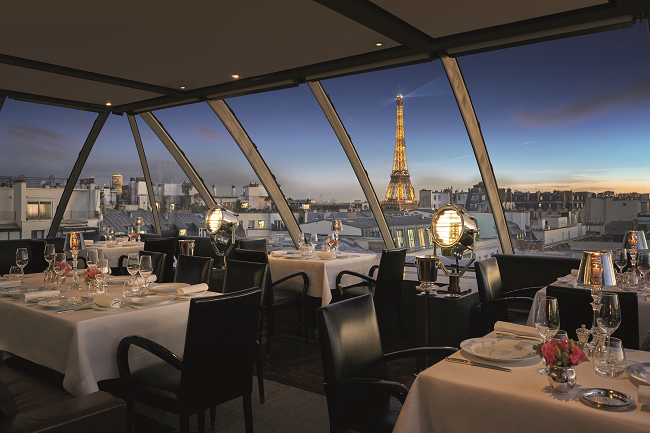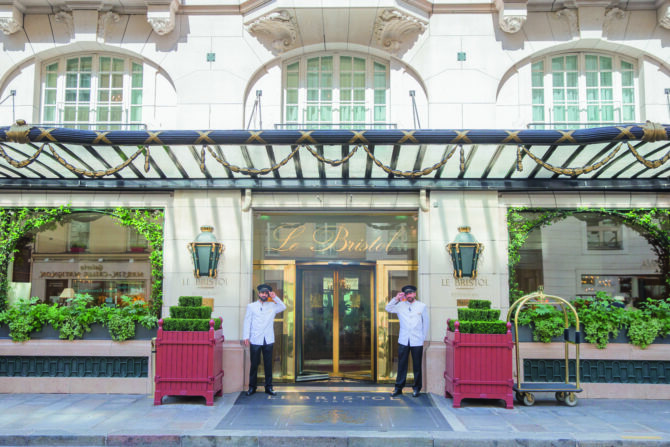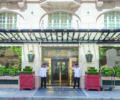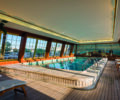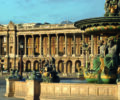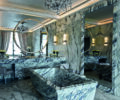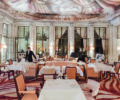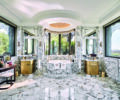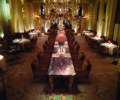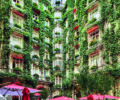Indulge in Opulence: Exploring the Grandeur of Paris’ 12 Palace Hotels
If you’re a connoisseur of luxury travel, then you’re in for a treat! Explore the crème de la crème of hotels in the enchanting city of Paris and uncover the magnificent world of Parisian palaces, where opulence meets sophistication.
Paris’s legendary art de vivre comes vividly alive in its 12 Palace hotels – a distinction beyond a five-star and a benchmark in luxurious excellence, where the expression ‘queen for a day’ takes on a whole new meaning.
For the rest of the world, ‘five-star hotel’ conjures up the pinnacle of world-class lodging – but leave it to Paris to set the bar a notch higher. Even in the luxury capital of the world it’s an achievement to check off most of the 243 items required to enter the five-star ranks. In 2010, Atout France, the government agency charged with developing French tourism, introduced the exclusive ‘Palace’ designation, expanding the rigorous five-star classification as a way to showcase ‘excellence à la française‘. At the designation’s inception, only four Parisian five-stars qualified (the Plaza Athénée, Le Bristol, Le Meurice and the Park Hyatt Vendôme) and the ranks have grown gradually – as of January 2023 only 12 Parisian hotels have applied for and earned the distinction.
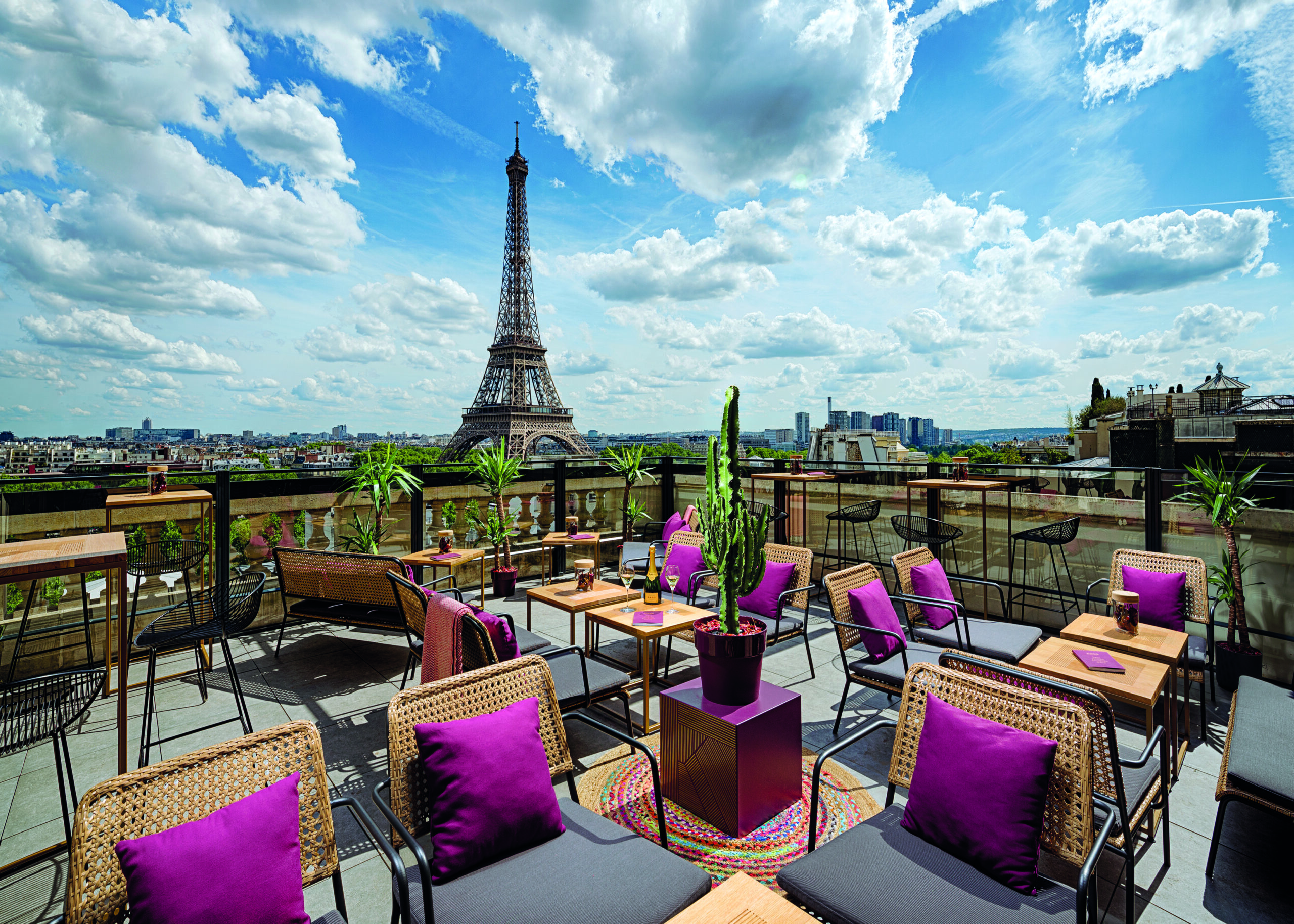
The Shangri-La rooftop bar © Roméo Balancourt
For the discerning client this translates to a level of luxury, elegance, service, dining, historic interest and all-around pampering that exceeds what you’d find in a five-star. For the hotels it means clearing a number of mandatory hurdles in order to apply for Palace status. According to Atout France, once a hotel’s application is accepted, a panel of “12 distinguished members from the worlds of culture, architecture, luxury tourism industry, gastronomy and the high-end travel sector” will decide whether or not to grant Palace status, based on “strictly qualitative criteria… related to the exceptional nature of the establishment”.
These criteria include such attributes as location, architecture, elegance of the interiors, room size, history and distinct personality, excellence of the staff, state-of-the-art technology, distinctive (largely Michelin-star) dining and bars and, more recently, sustainability. The hotels must also offer a top-notch spa, often with customised products or services unique in Paris, a fitness area and a sizeable pool. Some offer guests a personal butler for the duration of their stay and an exclusive range of customised services. All of this adds up to a palpable feeling of cosmopolitan sophistication the minute you walk through the door. On top of these exacting standards, each Palace must also distinguish itself from the competition, navigating a tricky balance between meeting Palace standards while projecting a DNA unique enough to appeal to a pernickety high-end clientele – and keep them coming back.
12 hotels, 12 personalities
What clients will never see is the monumental effort behind the magic, where everything you could want or need seems to materialise out of thin air. It’s not unusual for a Palace to number four to six personnel per guest, requiring an almost balletic precision to convey an effortlessness that is anything but. Though expert in discretion, the hotels go to great lengths to remember guests’ choices to better customise the experience and to anticipate their wishes for the next time.
What you will never see is a worn carpet, scuff mark or any of the wear and tear associated with repeat usage. But you will find all the little touches: fresh flowers, pastries from a signature pastry chef, and your room magically refreshed when you return from dinner. Many hotels offer exclusive experiences, like Le Royal Monceau – Raffles Paris’s exclusive ‘Love is in the Arc’ offering atop the nearby Arc de Triomphe outside tourist hours to watch the sunset or sunrise over Paris with a romantic apéritif or breakfast.

Le Royal Monceau – Raffles Paris © Zoé Fidji
“We want to create that special emotion,” says Nicolas De Gols, general manager at Le Royal Monceau – Raffles Paris, which earned Palace status in 2013. “It’s all about personalising the experience. We know the guests’ preferences, we always give them the same suite, we prepare it as they like and we put everything exactly as they left it so when they return they have the feeling they never left the hotel.”
Le Royal Monceau – Raffles Paris cultivates an arty, bohemian atmosphere, in-keeping with its Philippe Starck interiors, which feels warm, chic and buzzy in contrast with its austere patrician address. “Here, you’re just absorbed by the ambience, the feeling and all of the things that make it super comfortable and welcoming to everyone,” adds Nicolas.
Though walking into a Palace can be an intimidating experience, the hotels practise a kind of ‘democracy of the privileged’ – if you get that far, who cares if you’re wearing head-to-toe Chanel or ripped jeans and Uggs? Palaces pride themselves on treating every guest as honoured and valued, extending the kind of extravagance and discretion demanded by celebrities – common habitués of the Palaces – to everyone.
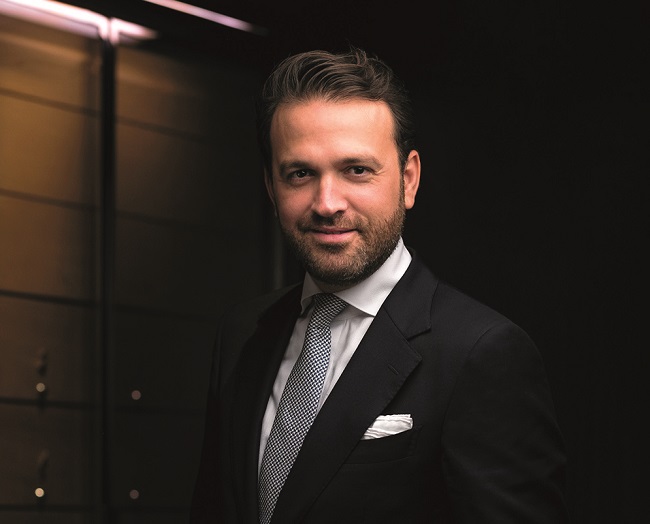
Nicolas De Gols GM at Le Royal Monceau – Raffles Paris © Romeo Balancourt
Singular histories
All but one of the 12 Palaces are clustered in swanky neighbourhoods on Paris’s Right Bank and all are housed in majestic buildings – often historic palaces or mansions – near the city’s most prestigious shopping streets, lined with the glittering flagships of top fashion houses. The Lutetia, the only Left Bank Palace, remains the haunt of Saint-Germain-des-Prés artists, writers and politicians, the cosmopolitan elite who have populated the hotel since Samuel Beckett, Antoine de Saint-Exupéry, Henri Matisse, Isadora Duncan, Pablo Picasso, Josephine Baker, James Joyce (who wrote part of Ulysses at the bar) and Charles de Gaulle (who received the call that the Nazi’s were approaching Paris while dining here) made it their second home. The Lutetia reopened in 2016 after a sleek four-year makeover by architect Jean-Michel Wilmotte, perfectly suited to its downtown DNA.
The Hôtel de Crillon reopened at around the same time after a four-year restoration which brought the stately 18th-century mansion – one of two historic twin buildings facing Place de la Concorde – gorgeously into the 21st century. The hotel’s sumptuous Marie Antoinette suite is not mere brand appropriation: the teenage queen took piano lessons here some 20 years before she was guillotined in front of the building. Named a Palace in 2018, the hotel mixes the classic and contemporary in art-filled rooms and a handful of signature suites designed by the late Karl Lagerfeld. Les Ambassadeurs, the Crillon’s soaring gilded bar, is a listed historic monument.
A personal choice
At this level, choosing which Palace in which to lay your head is like choosing a favourite colour: it all comes down to personal taste and nuance. Seeking contemporary classic? Try Le Royal Monceau – Raffles Paris, Lutetia, Mandarin Oriental (with star chef Thierry Marx and an exceptional spa), the Peninsula, Park Hyatt Vendôme or La Réserve – a romantic enclave with only 44 rooms and a cosy, intimate setting. For more traditional elegance, head to Le Bristol, where three-star chef Éric Fréchon presides over its lovely garden restaurant; Le Meurice, the Shangri-La or the Four Seasons George V. Or perhaps a mix of both at Le Crillon or the exceptional Plaza Athénée.
Le Meurice’s unobstructed views over the Tuileries gardens and the Louvre lend an almost bucolic air, but for the Eiffel Tower glittering in the distance – Paris’s most sought-after view, which every one of these hotels offers. For a more intimate look at the Iron Lady, the Shangri- La – once the private mansion of Roland Bonaparte, nephew of the emperor – is the closest Palace to the tower, and more than half of its guest rooms face the iron icon, making a dramatic first impression when you step into your room. The Shangri-La’s Shang Palace restaurant is the only Michelin-starred Chinese restaurant in Paris, and the hotel’s pool is bathed in natural light, with an outdoor sunning lawn, which is a rarity in the capital.
The shimmering Peninsula reopened in 2014 after a nearly €500m restoration, but it retains its storied history. The Paris Peace Accords of 1973, which ended the Vietnam War, were signed in the hotel’s elegant wood-panelled Bar Kleber. Stunning views of the Eiffel Tower and the Paris rooftops from its two-Michelin star restaurant L’Oiseau Blanc make it a favourite haunt of Parisians in the neighbourhood.
What will this all set you back?
Prices start at around €1,500 ($1,300; $1,600) a night and can go as high at €30,000 a night for a magnificent apartment suite – which all of the hotels offer.
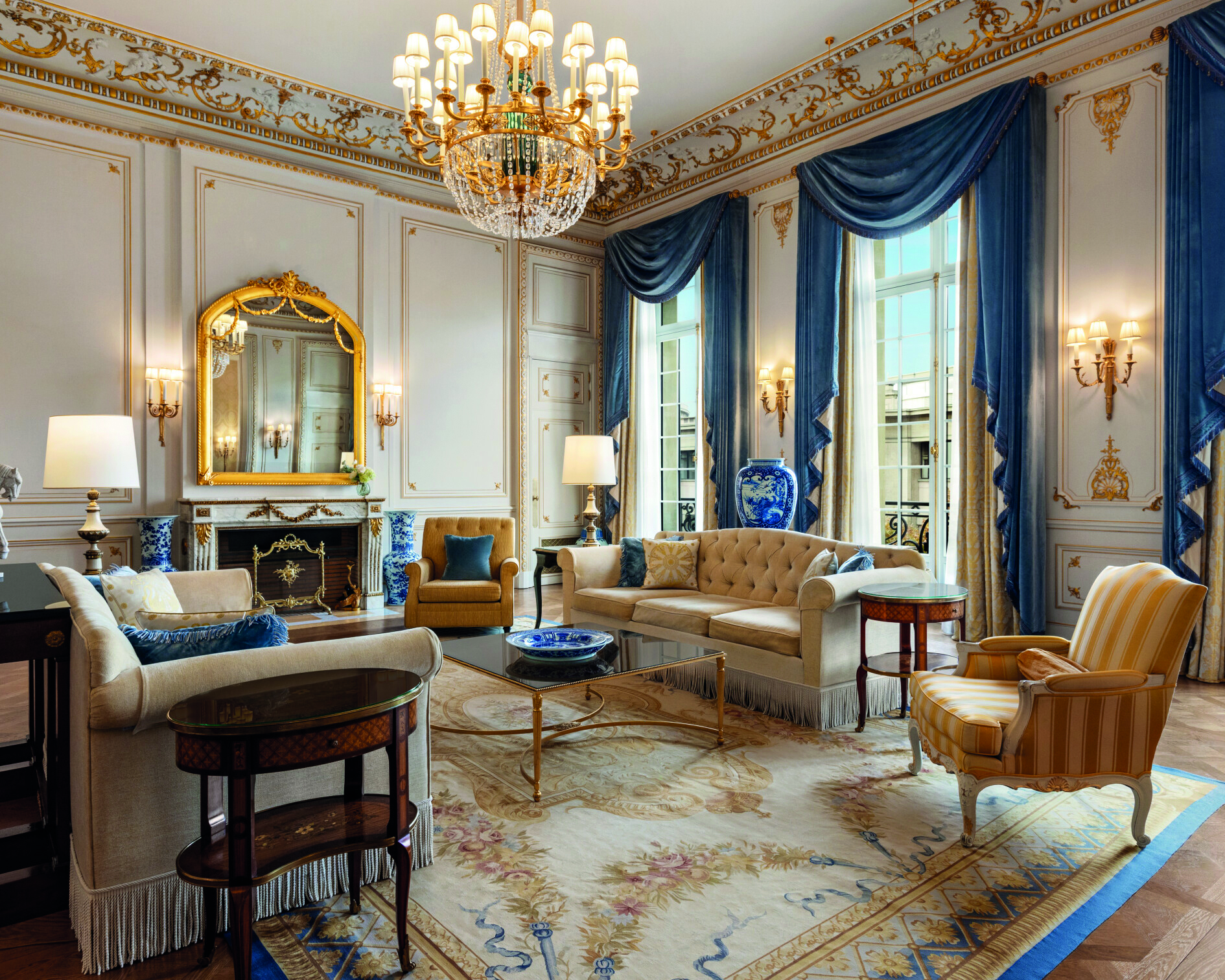
Shangri-La hotel © Marcelo Barbosa
Five-star gems: honourable mentions
Though not holding Palace status, the ultra- glamorous Ritz and Le Grand Contrôle Versailles can compete with the best. At the world-famous Ritz there’s nothing quite like sipping champagne and nibbling madeleines in the opulent Proust salon, while the new Ritz Bar, across the hall from the legendary Hemingway Bar, offers scintillating cocktails. The Ritz spa and pool are absolute standouts in Paris.
Care for a bath, drawn by your personal valet, while overlooking Versailles’ Orangerie gardens? At Le Grand Contrôle you can experience château life as the courtiers themselves did, in 14 opulent rooms housed in a historic 17th-century building within the formal grounds of Versailles. Guests can revel in the royal experience: a stay includes private after-hours visits to the gardens, Domaine de Trianon, and Versailles palace, including areas normally closed to visitors.
From France Today magazine
Lead photo credit : L'Oiseau Blanc restaurant in the Peninsula hotel
Share to: Facebook Twitter LinkedIn Email
More in five-star hotels, luxury hotels, palace hotels, Paris, Paris hotel
Leave a reply
Your email address will not be published. Required fields are marked *

